Italian Easter Bread
Italian Easter Bread is the perfect way to add meaning, tradition, and a touch of sweetness to your holiday table.
With its soft dough and Easter significance, this bread makes a stunning centerpiece—whether you use multi-colored, red, or uncolored eggs. Bake it once, and it might just become your new Easter tradition!
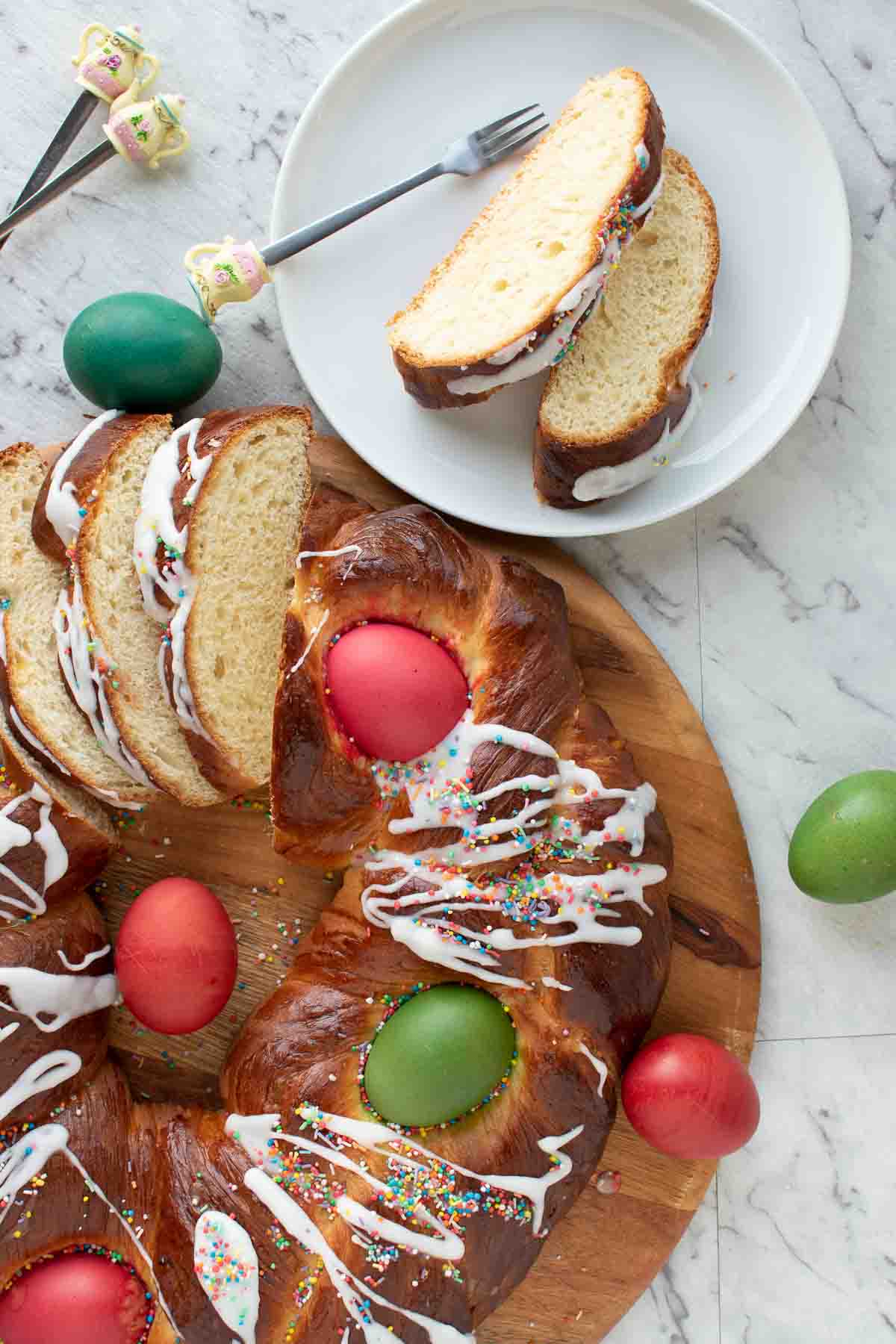
An Italian Easter table wouldn’t be complete without an Italian Pie and a Pastiera. You’ll love these recipes as much as this Italian Easter Bread also known as pane di Pasqua. At Christmas, Stollen Bread is popular and made with a similarly enriched dough, though it’s filled with dried fruit, while Italian Easter bread is traditionally flavored with anise and decorated with colored hard-boiled eggs.
If this is your first time making bread or using yeast, you won’t find this Italian Easter Bread too difficult but you may be surprised at how much the dough will expand! Yeasted doughs are not that hard but just take time. One of the easiest yeasted doughs to make is Ligurian focaccia which is a flat Italian bread very much like pizza dough in texture and style.
Why you’ll love this recipe
- Flavor – You’ll love the barely sweet, anise-flavored dough that will have you reaching for a little bit more time and time again!
- Texture – This enriched dough results in a bread that’s wonderfully soft, light, and incredibly fluffy. The tender crumb gives it a melt-in-your-mouth quality that makes each slice truly enjoyable.
- Easter Symbolism – Easter is an important time in the Christian calendar, and using food to emphasize this tradition adds so much meaning to the celebration.
What does Italian Easter Bread symbolize?
This traditional Italian Easter bread is particularly significant in a few ways. Firstly, three strands of dough are plaited, symbolizing the Holy Trinity. Then the ring symbolizes the crown of thorns which Jesus was forced to wear. Finally, the eggs represent both the five wounds inflicted on Jesus Christ and also new life and rebirth.
For complete ingredient quantities and full instructions, please scroll to the printable recipe card at the bottom of the page.
Ingredient notes
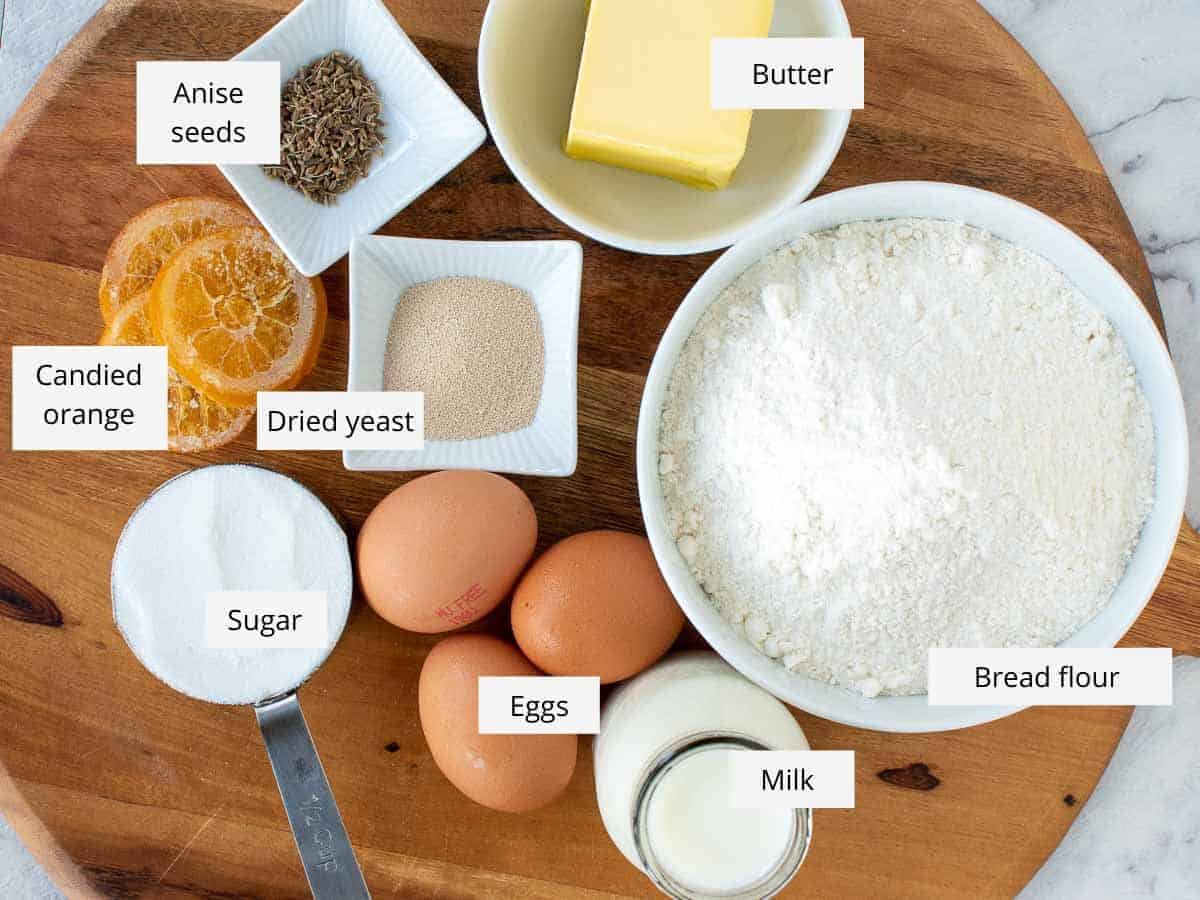
- Strong Bread Flour – This is easily purchased at most supermarkets. Strong bread flour is made for “hard” wheat varieties and contains more gluten. Gluten is important in baking with yeast because it creates elasticity in the dough and gives structure and strength to the bread when baking.
- Candied Orange – Use candied orange slices or candied peel.
- Active Dry Yeast – I use either active dry yeast or instant yeast in this recipe. My soft, cream-filled Maritozzi are made with active dry yeast and the only thing I would say is to check that any yeast you use hasn’t expired.
- Anise Seeds – Sometimes anise seeds are available at supermarkets. Otherwise, you may need to find these at a specialty store. These give a slight licorice flavor. It’s quite subtle but you can add more if you like a stronger flavor.
- Salt – I use sea salt in my cooking. Salt is very important for all yeasted doughs and must not be omitted. It helps control the rise and is very important in making bread taste good.
- Baking essentials – Granulated white sugar, milk, eggs, and unsalted butter.
- Plus extra eggs to arrange on top of the bread before baking.
Instructions
Line a baking sheet with non-stick parchment paper.

Color raw eggs and set aside to dry.
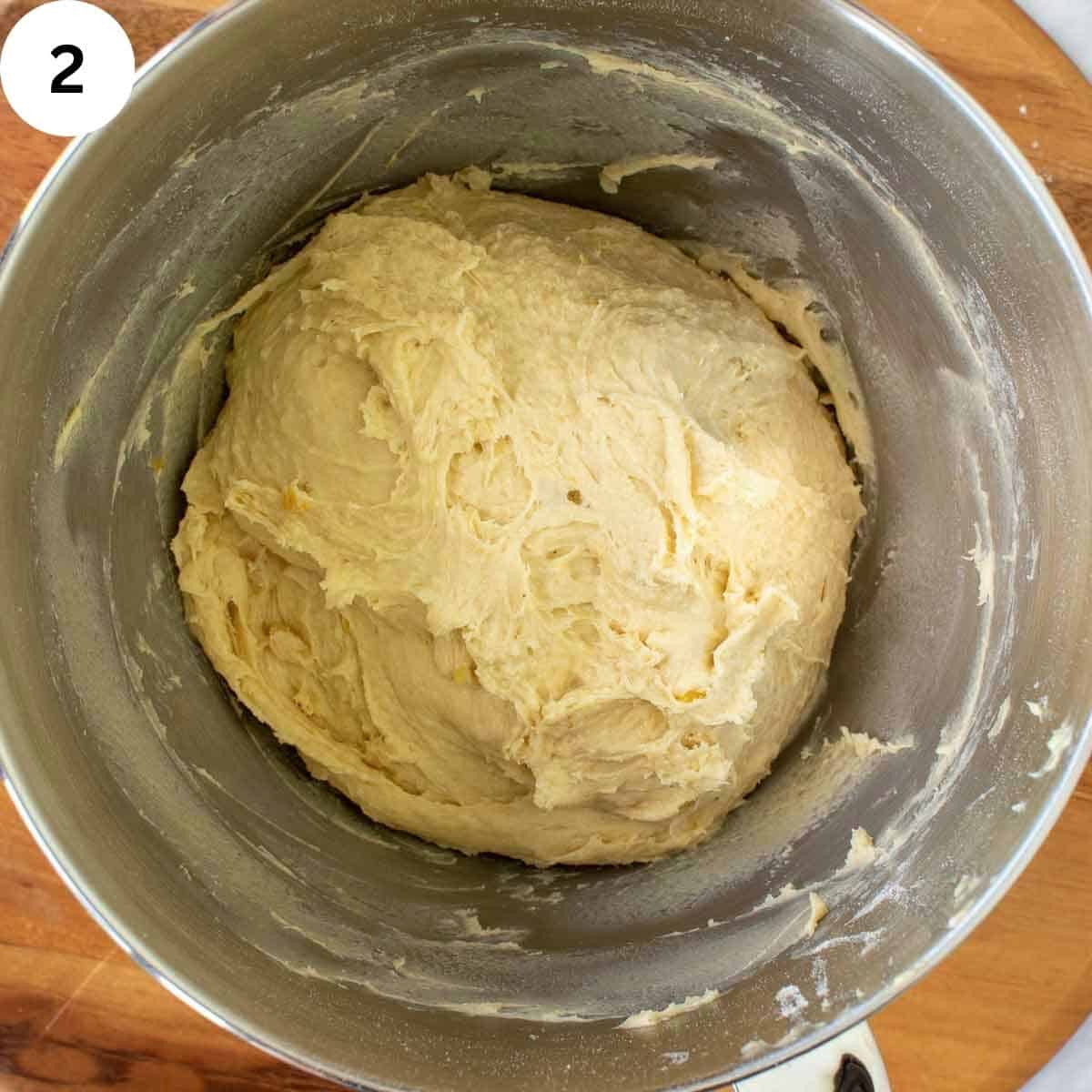
Using the dough hook on low speed, combine flour, sugar, candied orange, yeast, ground anise seeds, salt, warm milk, and eggs. Gradually add butter and more flour if needed to form a soft, not-too-sticky dough.

Cover the bowl with plastic wrap and allow the dough to rise in a warm place until doubled.

Scrape the dough out onto a lightly floured work surface and divide it into three equal portions.
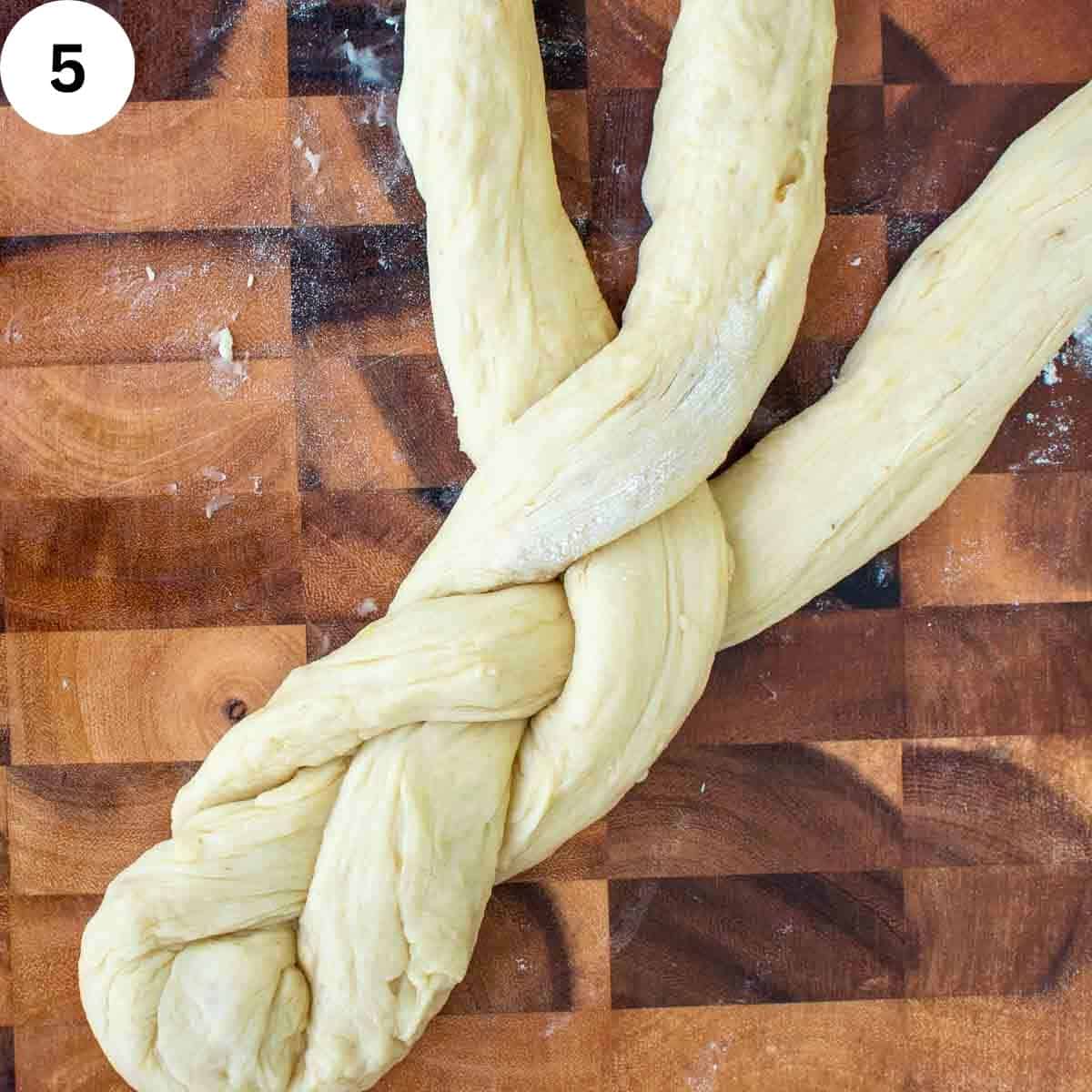
Roll out each ball of dough into a long rope. Plait the dough.

Carefully twist into a ring, join the ends, and place onto a lined baking sheet. Allow to rise for a second time.
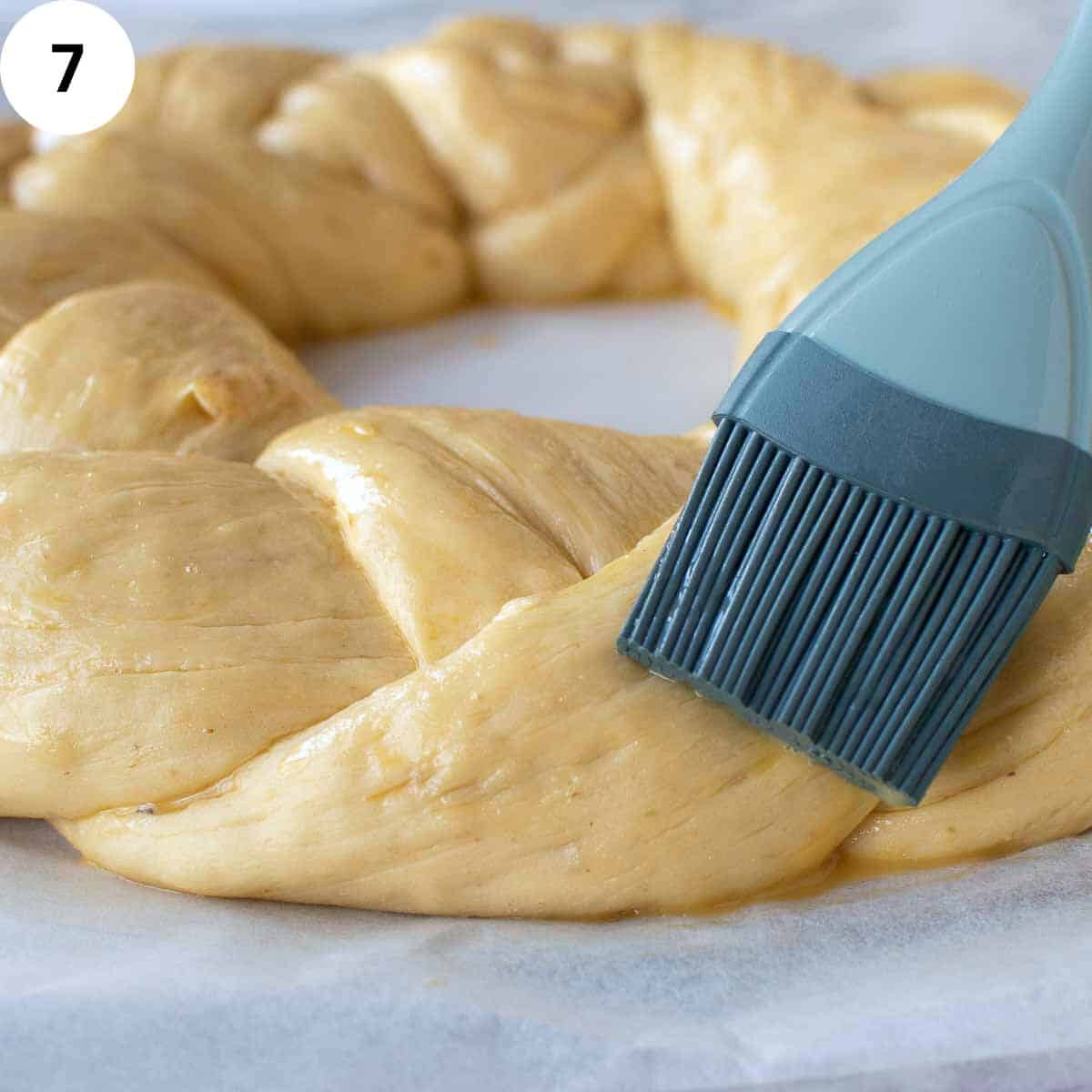
Brush the risen dough with egg wash.

Push the uncooked, colored eggs onto the dough and bake in a preheated oven.
Drizzle cooled Easter sweet bread with icing and scatter with colored sprinkles to decorate.
Marcellina’s Hint: This is meant to be a sticky dough. Using a stand mixer makes it easier to mix. However, my Italian Easter Bread can be made by hand. The instructions for this are listed below in the recipe card.
Substitutions
- Bread Flour – Plain, all-purpose flour, or 00 flour can be substituted for strong bread flour. Don’t use cake flour. It won’t make good bread.
- Candied Orange Peel – Substitute finely grated rind of one orange for the candied peel.
- Anise Seeds – Ground anise seeds can be used instead of grinding your own. Alternatively, substitute with 1 or 2 teaspoons of anise extract.
- Unsalted butter – If you only have salted butter, use that. Reduce the salt by half.
Variations
- Chocolate chip – add chocolate chips or chopped chocolate to the dough.
- Fruity – dried fruit such as raisins, currants, or apricots are delicious additions
- Anise-free – if you don’t like the licorice taste of anise, substitute 1/2 or 1 teaspoon of ground cinnamon or cardamom.
- Mini – make four or six small sweet breads. Put one egg in the middle of each small bread.
Storage
This sweet Easter bread is best eaten fresh, but if you’re busy, bake it the afternoon before. Once cool, store in an airtight container and refrigerate overnight. The next day, let it come to room temperature in the container to prevent the icing from sweating.
For a quick warm-up, microwave slices for 30 seconds on high. Alternatively, leave it uniced, refrigerate, and then wrap in foil and warm in a 300°F/150°C oven for 15-20 minutes. Serve warm.
Top Tips

- Whether using instant yeast or active dry yeast, there’s no need to activate it in lukewarm milk. Simply add the yeast directly to the mixing bowl with the flour and other ingredients.
- Letting the dough rise is key for a light and airy texture in the final loaf.
- Room temperature impacts how quickly yeast dough rises.
- On a warm day, the dough will rise faster than on a cool day, so trust your visual cues rather than strictly following recipe times.
- If it’s a cool day and you want the dough to rise faster, place a pan of hot water in a switched-off oven. Set the bowl of dough on the rack above the water, close the door, and let the yeast do its thing.
- Alternatively, fill the kitchen sink with 2-3 inches of warm water and place the bowl of dough in it, making sure the bowl doesn’t float.
- The eggs will cook along with the dough, so you can eat them. Just be sure not to leave the dough with the eggs sitting out for hours. If needed, remove the eggs, refrigerate them, and then add them back before serving.
- The method described in the recipe for coloring eggs is also perfect for coloring hard-boiled eggs for Easter baskets or gifts.
FAQ
Usually, this bread is shaped into a ring, which represents the Crown of Thorns. It can also be formed into other decorative shapes depending on the region in Italy and each family’s personal preference.
Homemade bread is best eaten fresh, but leftovers can be frozen. This recipe makes a large loaf, so you might have some left. Before freezing, remove any hard-boiled eggs for sandwiches or egg salad. Wrap the bread in two layers of plastic wrap and place it in an airtight container or clip-seal bag.
For convenience, slice the bread before freezing, making it easy to grab just a couple of slices. I love to toast frozen slices for a quick breakfast.
For Easter, Italians might serve dishes such as roast lamb, lasagna al forno, and torta pasqualina. As well as this Italian Easter Bread, sweet treats include crostoli and lemony ricotta cookies.
Serving Suggestions
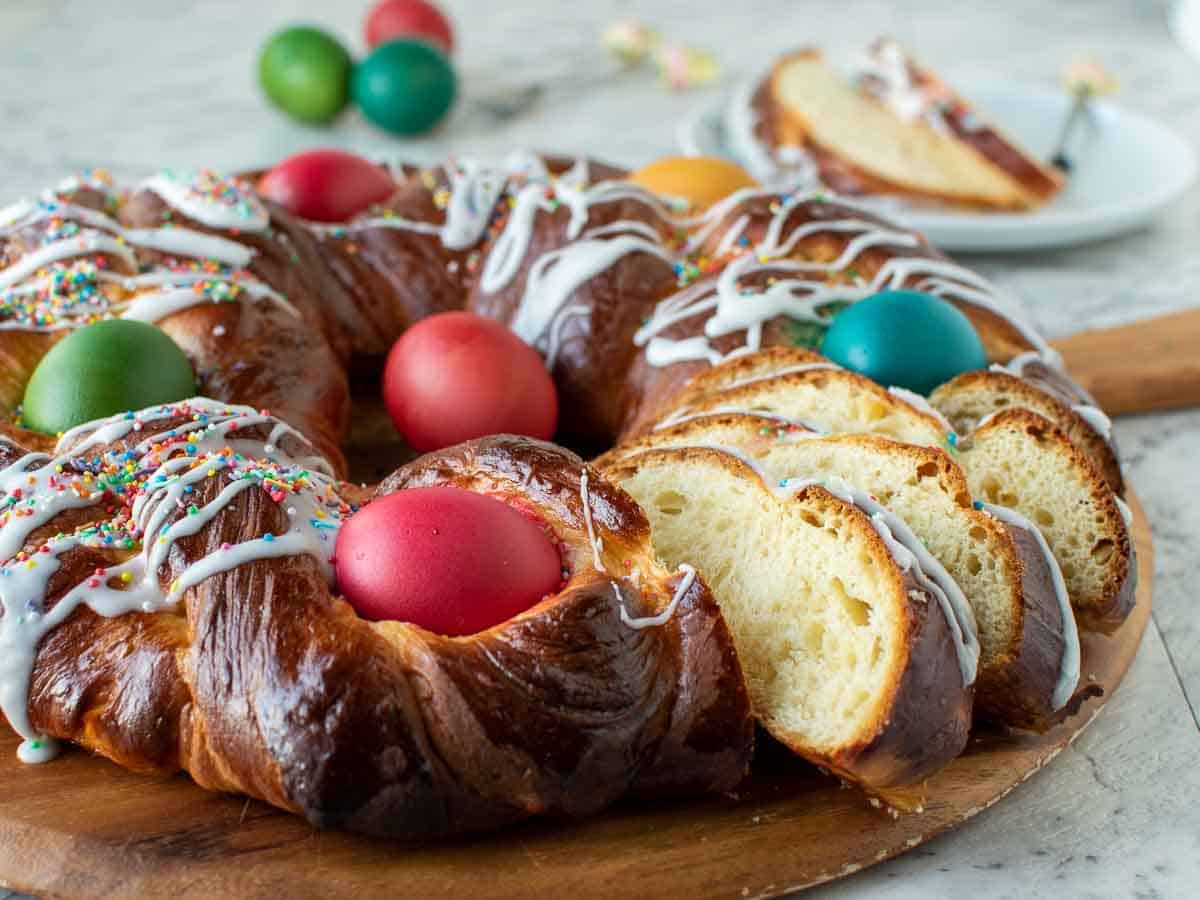
Italian Easter Bread is ideally served with an espresso or a cup of tea at the end of Easter Lunch. Typically, in Italy, it can be served throughout the Easter season.
Leftovers are wonderful sliced, toasted, and spread with my strawberry jam without pectin.
Related recipes
Italian Cheese and Herb Bread
Easter Egg Nests
Marshmallow Bunnies
Nutella Cake
Pumpkin Bread with Cream Cheese Frosting
Made this recipe?
Please let me know if you liked it by leaving a ★★★★★ star rating and a review below. And remember to subscribe to my newsletter – it’s free!
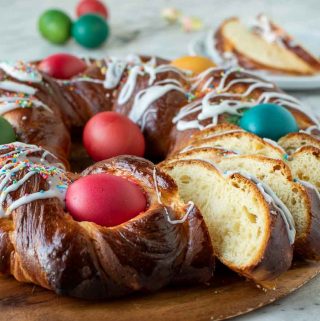
Italian Easter Bread Recipe
Ingredients
Dyed eggs
- 5 eggs
- food coloring
- 8 teaspoon white vinegar
Dough
- 4 cups (500 grams) bread flour (plus extra flour as needed)
- ½ cup (100 grams) granulated white sugar
- ⅓ cup finely chopped candied orange peel (commercial or home-made)
- 2 ½ teaspoons active dry yeast or instant yeast
- 1 teaspoon anise seeds (or more according to taste)
- ½ teaspoon salt
- 1¼ cups (300 ml) whole milk
- 2 eggs at room temperature
- ½ cup (115 grams) unsalted butter at room temperature
Egg wash
- 1 egg
- 1 teaspoon water
Icing
- 1 cup (120 grams) powdered sugar
- 2 teaspoons lemon juice
- 2 teaspoons water
To decorate
- colored sprinkles
Instructions
To color the eggs
- Color two eggs of red, blue and green and one of yellow in the following method.5 eggs
- For each color – spoon two teaspoons of white vinegar and 20 or 30 drops of food coloring into a small bowl.food coloring8 teaspoon white vinegar
- Add one cup of hot water from the kitchen tap.
- Carefully place required number of eggs into the colored hot water.
- Spoon colored water over the eggs and move them around in the water until colored which should only take 5 minutes.
- Set on paper towels to dry.
- Allow to dry for one hour before use.
To make the dough (See Notes if making by hand)
- Grind anise seeds with mortar and pestle as finely as you can. Place the ground anise seed into a bowl of a stand mixer together with bread flour, sugar, orange peel, and instant dried yeast.4 cups (500 grams) bread flour½ cup (100 grams) granulated white sugar⅓ cup finely chopped candied orange peel (commercial or home-made)2 ½ teaspoons active dry yeast1 teaspoon anise seeds½ teaspoon salt
- Warm milk until just tepid. Add the milk and eggs into the mixing bowl. Attach the dough hook and turn the mixer on slowly allowing the mixer to knead the dough for 10 minutes or until soft and elastic.1¼ cups (300 ml) whole milk2 eggs
- Add the butter, one tablespoon at a time until well incorporated. If the dough is very sticky add more of the additional flour. Continue mixing until smooth and elastic and no streaks of butter can be seen.½ cup (115 grams) unsalted butter
- Cover the bowl with plastic wrap, and allow to rise in a warm place until doubled about 1 ½ hours.
To shape and bake the bread
- Line a large baking sheet with non-stick parchment paper. Set aside until needed.
- Scrape the dough out onto a lightly floured work surface and divide into three equal portions. Roll out each into a long (about 24 inches/60cm) rope.
- Plait and carefully twist into a ring, join the ends together, and place onto prepared baking sheet.
- Allow the dough to rise in a warm place until double again which should only take about 30 minutes.
- In the meantime preheat the oven to 350ºF/180ºC.
- Prepare the egg wash by whisking the egg with water in a small bowl. Set aside until needed.1 egg1 teaspoon water
- When the shaped dough has risen, brush carefully with egg wash.
- Arrange the colored eggs on the dough, pushing them in slightly.
- Bake for about 30 minutes until well browned and cooked through. Cool on a rack before glazing with icing and adding colored sprinkles.
To make the icing and decorate the bread
- Sift the powdered sugar into a small bowl.1 cup (120 grams) powdered sugar
- Whisk together the powdered sugar with lemon juice and enough water to make a runny icing.2 teaspoons lemon juice2 teaspoons water
- When the bread is cool, drizzle icing over the bread but not on the eggs. Scatter with colored sprinkles before the icing sets.colored sprinkles
Notes
To make the dough by hand
-
In a large bowl, combine bread flour, sugar, orange peel, yeast, anise seeds, salt, milk, and eggs. Mix with a wooden spoon until everything is well combined.
-
Once the dough starts to come together, turn it out onto a well floured surface.
-
Using a dough scraper or a flat stiff spatula, scrape up the dough and fold the top and the bottom of the dough into the middle. Turn it 180º then make the same fold. Repeat this fold and turning action at 4 to 6 times.
-
Allow the dough to rest for 10 minutes covered with a clean cloth.
-
Gradually add small pieces of butter, folding each bit in before adding the next. Continue folding and kneading until the butter is fully incorporated and the dough is soft but not sticky. If the dough remains very sticky, add a little more flour. Not too much or the bread will be heavy and dense.
-
Return the dough to a clean bowl to rise in a warm place until doubled, about 1½ hours.
- Whether you use instant yeast or dry active yeast, this recipe doesn’t require the yeast to be activated in lukewarm milk. Add the yeast directly to the mixing bowl with flour and other ingredients.
- Allowing the dough to rise is essential for a light, airy loaf
- Room temperature affects how quickly yeast dough rises. On warm days, it will rise faster, so rely on visual cues instead of strictly following recipe times.
- If it’s a cool day and you want faster rising, place a pan of hot water in a switched-off oven. Put the bowl of dough on the rack above the water, close the door, and let the yeast do its work.
- Alternatively, fill the sink with 2-3 inches of warm water and place the bowl in it, ensuring the bowl doesn’t float.
- You can eat the eggs as they will be cooked along with the dough. Naturally don’t leave the dough with the eggs sitting out on the counter for hours and then expect them to still be good. You can remove the eggs and refrigerate then place them back in for serving.
-
Nutritional Estimate Per Serving
Nutritional Disclaimer
Nutritional information is an estimate provided by an online nutrition calculator. For accurate results, it is recommended that the nutritional information be calculated based on the ingredients and brands you use.
This updated and improved recipe was first published on 1 April 2013 using all red eggs.


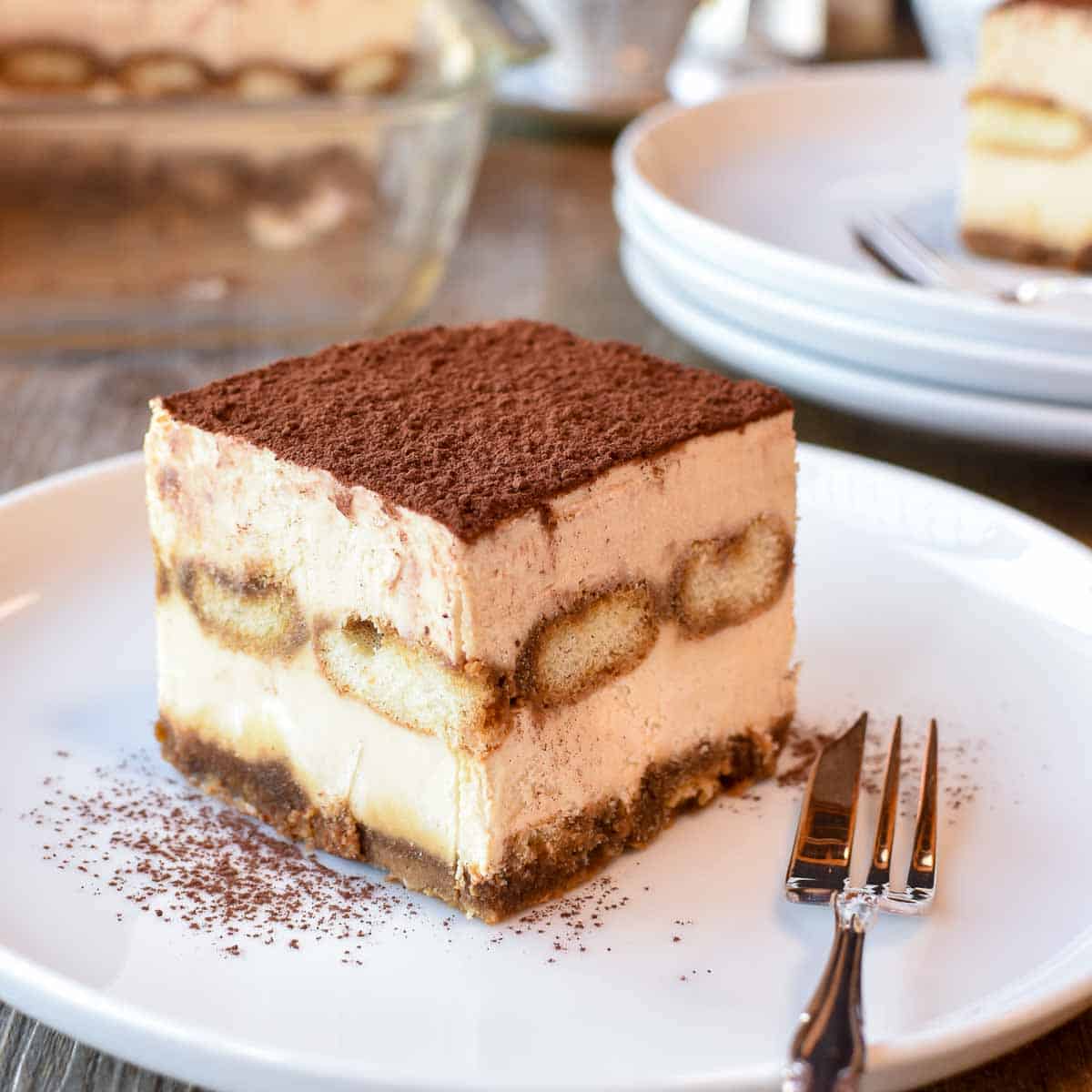
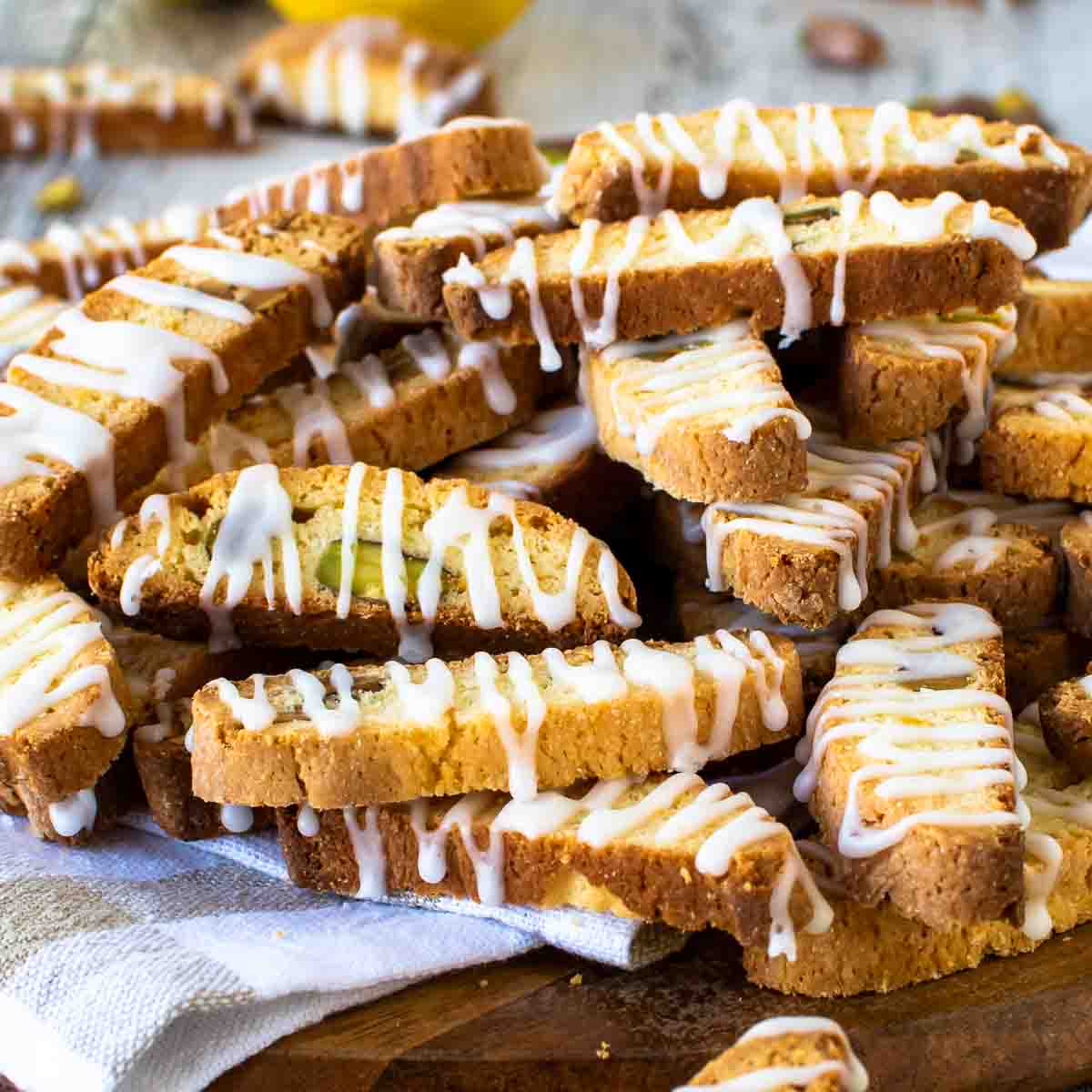


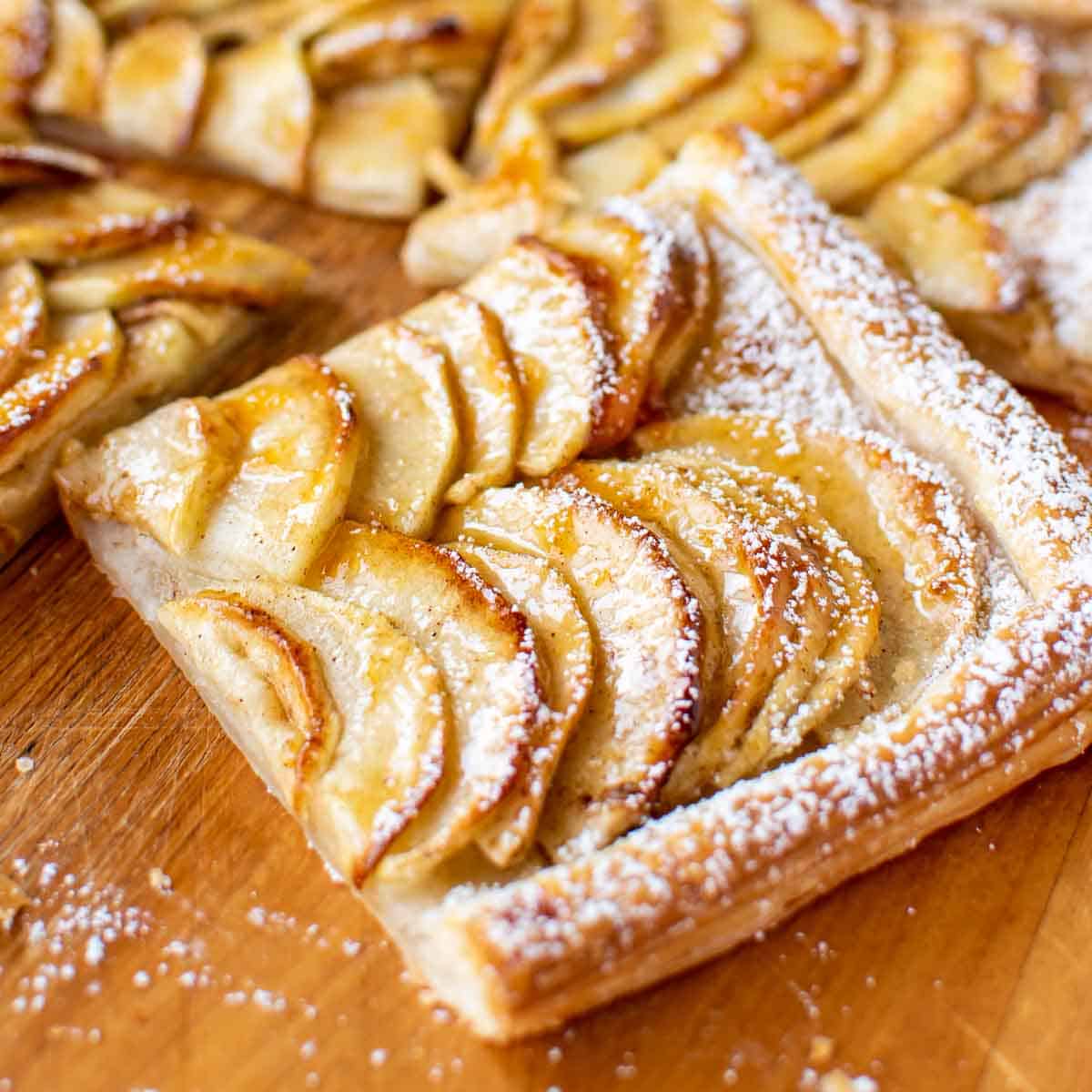

Hi Marcellina,
This recipe looks amazing! However I do not used US flour – what type of Italian flour would work best for this recipe? 00 flour, 0 flour, other ?
Thank you,
Jenn Smith
Jenn, you’ll need a flour with around 12% protein content. The 00 flour I buy has 10% which will work in a pinch but won’t produce the same results. The finish bread will be flatter and the dough will have a different texture. Look for flour that is good for bread. Have a look at the 0 flour you can buy. Check the protein content. Manitoba flour has a very high protein content however you may need a little more milk to achieve the correct consistency. If I use manitoba flour, I usually use half manitoba flour and half of a flour with a lower protein because it is so high in protein. I hope that helps.
Hi Marcelina,
I am so EXCITED to try your recipe. Based on your reply, I was able to get Casillo Farina Tipo Manitoba with 13g of protein – will this flour work in place of the bread flour?
ALSO is it possible to separate this dough recipe to make smaller single Easter breads (maybe 4)? If yes, can you give me some instructions on how much weight each one should be? Do I just divide the weight of the dough by four and make four individual breads using your shaping method?
THANK YOU SO MUCH FOR YOUR FEEDBACK AND GUIDANCE ❤️!
Jenn, manitoba has high protein so use half manitoba flour and half of a flour with a lower protein.
This dough is great made into smaller breads. Weighing the dough and dividing by four is ideal. However this makes quite a big bread so you could even divide by eight and make smaller breads. Baking time will be 20-25 minutes. Hope that helps! Enjoy!
I made your ricotta cavatelli and I must say they are the BEST I ever ate (and I am 81 years old!) Please keep your delicious recipes coming. My husband has already placed an order for his birthday for your cannoli cake. It is in September, but I may try it sooner. I wish I could find a good recipe for lard bread. Thank you for all your efforts.
Thank you Phyllis! That is such a wonderful compliment. The cannoli cake is a perfect birthday cake and I’m sure you’re husband will love it. I’ve never made lard bread but I do some research on it. Thank you for your support!
This is really pretty. Just wanted to tell u that.
Thank you Deborah! That’s so sweet of you!
Thank you sooo much for this recipe! The taste is wonderful! I used a bread machine, and it was very easy. Of course, it didn’t look as nice as your picture, but I will keep practicing – Happy Easter!
Angela, I’m so happy to hear of your success! It’s a BIG loaf so it takes carefully manoeuvring and probably really requires extra hands to help out. Happy Easter to you and your loved ones xx
Gorgeous, Marcellina. A very happy Easter to you and yours.
Thank you, Frank. Happy Easter to you too!
This looks amazing and bakery perfect, Marcellina! Thumbs up for you!!
Thanks Angie! Hope you are doing well xx
Whatever country the bread or idea comes from, it looks great!
Oh, this is gorgeous! I have long wanted to make Easter bread, but never had the nerve to try it. Thanks for this wonderful tutorial.
Che bello!!! complimenti dall'Italia!
🙂
un bacio
Silvia
You did a wonderful job with your bread. It is festive and looks perfectly prepared. I hope you had a fabulous holiday. Blessings…Mary
Lovely post about the true significance of Easter, Marcellina. I think I will give this a try next Easter. I tried hot cross buns for the first time this year (haven't posted about it yet!) and will never buy shop-bought again!
It is beautiful bread Marcellina, regardless of its nationality!